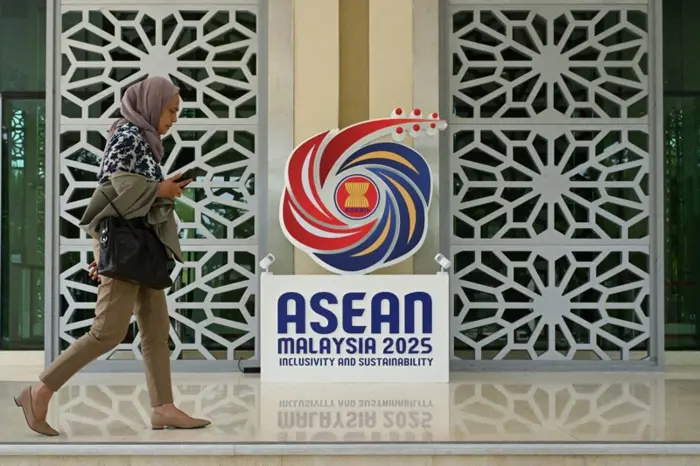
GLOBAL trade tensions, policy uncertainty and subdued foreign direct investment (FDI) pose a challenging economic environment for emerging markets as efforts to stimulate growth, create jobs and cut poverty are held back.
This has led to downgrades to growth forecasts across emerging economies – and Asean is no exception.
Countries across the region from Thailand and Vietnam to Indonesia to Malaysia are feeling the pinch.
In the face of these headwinds, Asean’s resilience depends on investing in innovation, digital transformation and advanced manufacturing, as well as deepening regional cooperation.
Faced with this complex scenario, Asean economies must build up their resilience.
At the heart of the strategy for achieving this is a concerted drive to invest in technology.
This will put the region in a far stronger position to embrace the digital and energy transitions and strengthen advanced manufacturing.
Already, Asean has taken great strides to boost its technological capacity. Among the most significant is the ongoing negotiation of the game-changing digital economy framework agreement (Defa).
Planned to be concluded in 2025 under Malaysia’s Asean chairmanship, it will be a strategic road map for seizing opportunities offered by the digital transition.
The world’s first region-wide digital economy agreement, Defa’s goal is to harmonise digital trade rules and unlock the potential of Asean’s digital economy, which is set to double to US$2 trillion by 2030.
The Malaysian government has also led the charge in participating in the centre for the Fourth Industrial Revolution (C4IR) network, a World Economic Forum initiative that connects technology policy experts and stakeholders across the globe to scale up projects and initiatives through independent centres.
Launched in 2023, Malaysia’s C4IR became Asean’s first; Vietnam followed suit shortly afterward in 2024 with a C4IR in the Saigon Hi-Tech Park that aims to advance technological development both nationally and across the region.
Adding to this momentum, Vietnam’s government has unveiled two highly ambitious initiatives in recent months.
One, resolution 57, is aimed at supporting science, technology and digital innovation through a comprehensive programme that includes streamlining regulation, investing in infrastructure and nurturing talent.
The other, resolution 68, is a milestone directive that envisages a globally competitive private sector by promoting the growth of 20 large companies by 2030.
Meanwhile, Thailand, which produces about 15% of global rice exports, is attempting to elevate its position in the global food market by transitioning away from being a primary rice producer to become a leader in agro-processing.
In doing so, Thailand can strategically move up the agriculture value chain, strengthen economic benefits for farmers and promote sustainable and resilient agricultural practices.
Flagship project
In one flagship project in the heart of Thailand’s rice bowl, local communities are working to alleviate the impact of increasingly extreme climate conditions through flood control and sustainable water management.
Asean is positioning itself as a global manufacturing hub, targeting areas where China is at a disadvantage because of recent trade tensions.
The semiconductor industry is of particular interest, with Asean’s participation currently limited to the lower end of the value chain in the form of assembly-testing-packaging operations.
Clear opportunity
As artificial intelligence advances, Asean has a clear opportunity to move up the value chain, with member states offering incentives to attract higher-value semiconductor investment.
The true potential of Asean can only be fully unlocked if countries work together.
This will yield multiple benefits – whether as a larger integrated market, attracting more FDI, standing up to global shocks, better digital integration or greater supply chain resilience.
Source: The Star
Share: